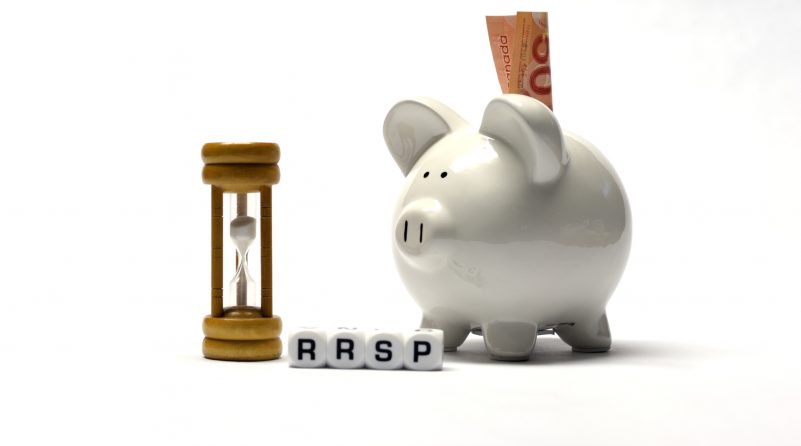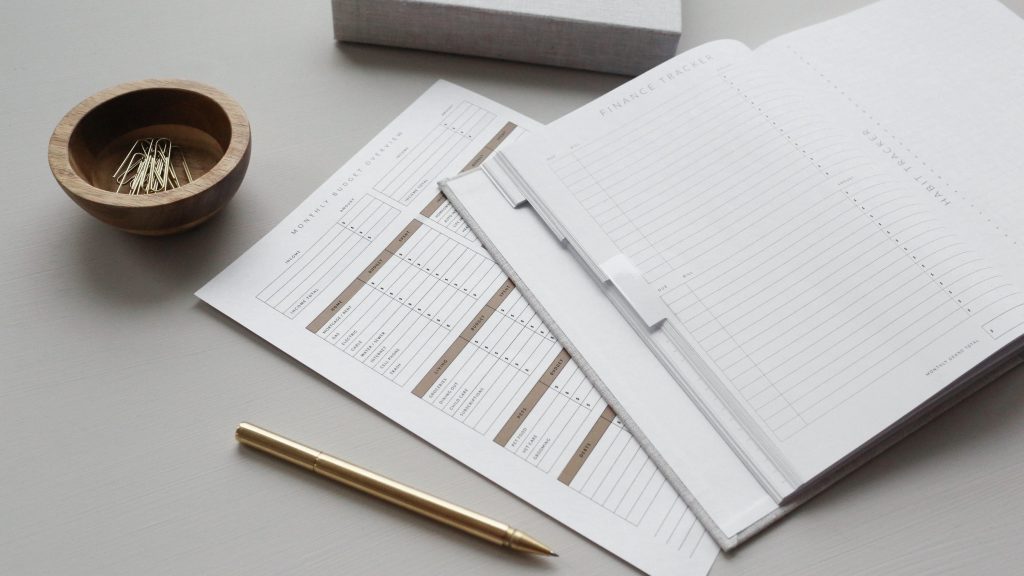Money Management

Why You Need to Start an RRSP Plan
Why You Need to Start an RRSP Plan
If you want to retire and enjoy financial freedom, you need to start an RRSP plan today. If you’re like most Canadians, you might not know what an RRSP, or Registered Retirement Savings Plan, is or why you should be using one. This article guides you through what an RRSP account is and the benefits of creating a plan to fund your RRSP account every year.
What is an RRSP Account?
A registered retirement savings plan is an investment account registered with the Canada Revenue Agency as a specialized tax-deferral account. The purpose of this account is to defer the taxes you pay on your income to a later stage in life when your income is lower. The benefit of an RRSP account is that your investments grow tax-free and the contribution to your RRSP deducts from your total taxable income. reducing your tax liability for that year.

How Does an RRSP Account Work?
Each year you may contribute up to 18% of your income, up to a total of $27,830. (2021’s contribution limit – the limit changes from year to year and is set by the Canada Revenue Agency). Additionally, any unused contribution limit from the previous tax year accumulates so you never lose access. For example, if you earned $100,000 in 2019 & 2020, but did not contribute in those years, you would accumulate $36,000 of available contribution room towards your contribution limit for 2021. This results in a total contribution room for 2021 of $54,000.
The part of the income you contribute during the tax year is then deducted from your taxable income for the year.
In the same example as above, if you earn $100,000 in 2021 and you want to contribute the total limit of $54,000 ($36,000 from previous years + $18,000 for 2021), your taxable income for 2021 becomes $100,000 income – $54,000 RRSP contributions = $46,000 taxable income.
The impact of this reduction in taxable income is that you owe fewer taxes for 2021. This contribution of $46,000 would reduce your tax bill for 2021 by $16,955!
The funds you contribute towards your RRSP account will then grow tax-free as you invest them towards retirement. As the investment gains are not impeded by taxation, this increases the rate of return for your investments over time. Individuals can then begin withdrawing these funds when they reach the age of 65 and must start withdrawing them by the time they reach 71.
Withdrawing from Your RRSP Account Early
If you withdraw funds from your RRSP account early, you will have to pay tax on the amount you take out of this account. The immediate withdrawal is subject to an RRSP withholding tax of 30% of the amount withdrawn. Yet, there are a couple of exceptions to this rule which allow you to use your RRSP funds before retirement.
Home Buyers Plan
The Canadian Home Buyers Plan is an initiative of the federal government to help Canadians access funds for a down payment when buying their first home. Under this plan, each first-time homebuyer may withdraw up to $35,000 from their RRSP account towards a down payment to buy their first home. These funds must be repaid, but there is a 15 year period to pay back the funds into the RRSP after purchasing a home.
Under new rules set forth by the federal government, the definition of first-time homebuyers now extends to Canadians who have owned homes before. The following groups now qualify to use the Home Buyers Plan towards purchasing a home:
- Someone who has never owned a home before
- Canadians who have owned a home before, but have not owned a home or been on any title for a period greater than 4 years and any funds used under the Home Buyers Plan for the previous purchase have been repaid before January 1 of the year the new home is being purchased in
- Anyone who has gone through a legal separation or divorce and are no longer on title

Lifelong Learning Plan
To help Canadians increase education and economic prospects, the federal government created the Lifelong Learning Plan. This plan allows Canadians to withdraw up to $20,000 towards tuition for post-secondary education. After completion or withdrawal from the education program, individuals must repay these funds. There is a 10-year window over which to repay the funds into the RRSP account.
Why You Need to Start an RRSP Plan
In 2019, only 5.9 million Canadians contributed to their RRSP account. Furthermore, the average contribution was only $3,260 well below the average contribution limit of $11,322. These statistics result from the historic low savings rates experienced by most Canadians today. According to an article by CBC, in the same year Canadians on average only saved $479 each.
The goal of creating a plan is to maximize the benefits of contributing to an RRSP. The first step is to speak to your financial advisor and determine the total amount you can contribute. Working with your financial advisor you will create a budget and set aside funds to contribute each week. Your financial advisor can invest these funds in your RRSP account into investments selected based upon your long-term goals, risk tolerance and other factors.
But what if you have a lot of unused room and you don’t have the funds to contribute?
Using a Mortgage Refinance to Contribute to an RRSP
During 2019, Canadians experienced large amounts of growth in wealth through their homes. The average Canadian saw a rise in the value of their primary residence of around $30,800 according to Statista.com. For Canadians with underfunded RRSPs, this fact presents an excellent opportunity to begin saving for retirement.
So why aren’t Canadians contributing more towards their RRSPs?
Many Canadians realize the benefits of contributing to their RRSPs and using their home to help top up their RRSP accounts. With mortgage interest rates still at near-historic lows, the interest cost of taking money out of your home to contribute to an RRSP is minor.
Refinancing your home to place the funds in an investment fund tracking the stock market may allow your investment to grow at a faster rate than the interest paid for the loan. To learn more about how this works, you can download this free pdf that illustrates how a mortgage refinance can help fund an RRSP account.
Summary
In summary, an RRSP account is an excellent way to save money for retirement. These accounts dual advantages of growing your wealth tax-free and reducing the amount of tax you pay today. Together, these benefits enable you to reach financial freedom. Creating an RRSP plan will allow you to set aside money for your retirement and find funds hidden in your home to help you achieve that goal.
Talk to a certified financial planner to discuss this strategy or feel free to reach out to me if you’d like to discuss how mortgage refinances works.
About the Author
The column's goal is to level up your financial knowledge and help you avoid common pitfalls and mistakes along the way. Although money management sometimes seems like an intricate task, it doesn't have to be. The advice here is common sense and simple to follow. The first step to a better financial future starts here, and it's never too late to begin. Adam Stapley is a Mortgage Broker with Pineapple Financial and author of the personal finance Newsfeed CanadianFinanceGuide.ca. He is intensely passionate about helping Canadians build wealth through the power of real estate. Many of the articles in this column come from Adam's experience assisting Canadians to understand and shape their personal finances. Pineapple Financial Lic #12830 CanadianFinanceGuide.ca adam@canadianfinanceguide.ca




